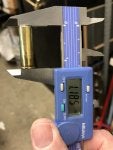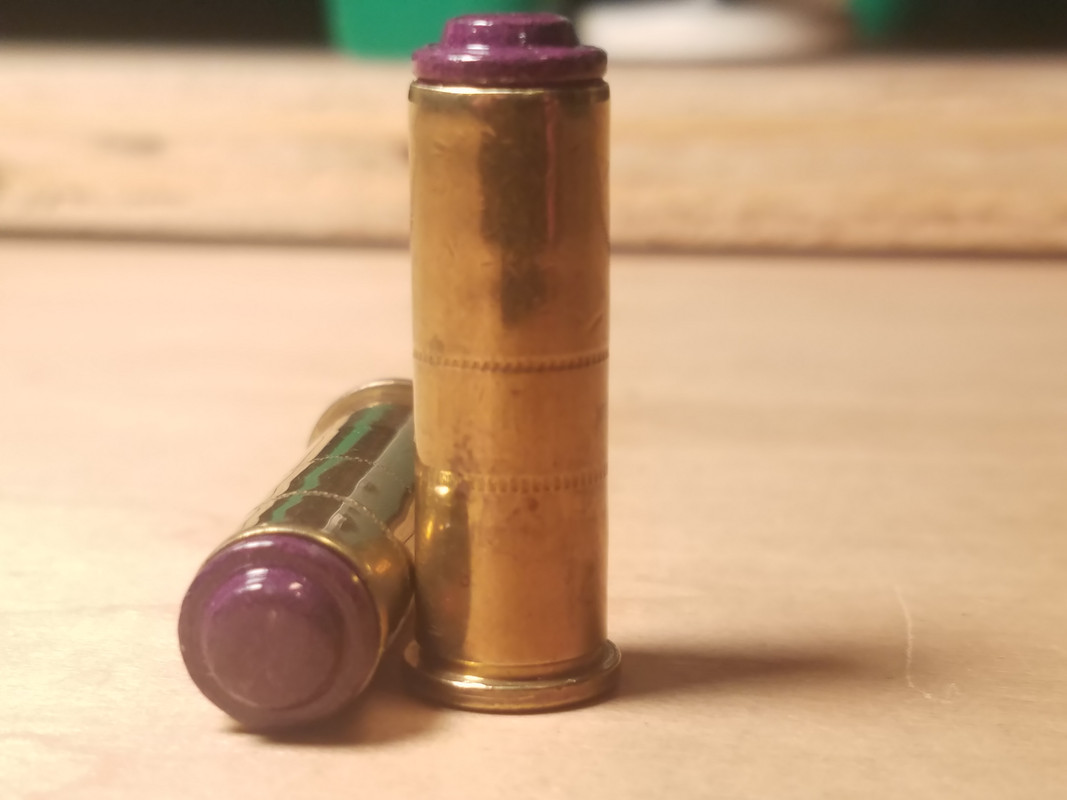

I’m loading up some rounds to test for velocity, accuracy, and felt recoil in my S&W model 36 w/3” barrel. I noticed that the reloading manual lists different OALs depending on which powder is used. I thought it was kind of odd that there was so much difference. For example, the 148 grain HBWC I loaded had 1.185” OAL because I chose not to seat the bullet flush with the top of the case. Some people load them flush while others allow the lead to protrude approximately 1/16” of an inch over the case.
So when researching the manual I noticed this difference in OALs to range from 1.152” to1.231”. My question is, am I supposed to trim all the brass back to the shorter lengths if I choose that particular powder? I’ve never noticed any discussions about this in any forums before.
The column on the far right is the listings for OALs. It’s kind of hard to read.
I know for some of you this is probably basic knowledge, but I thought I’d get some clarification before proceeding.
Thanks,
Steve












